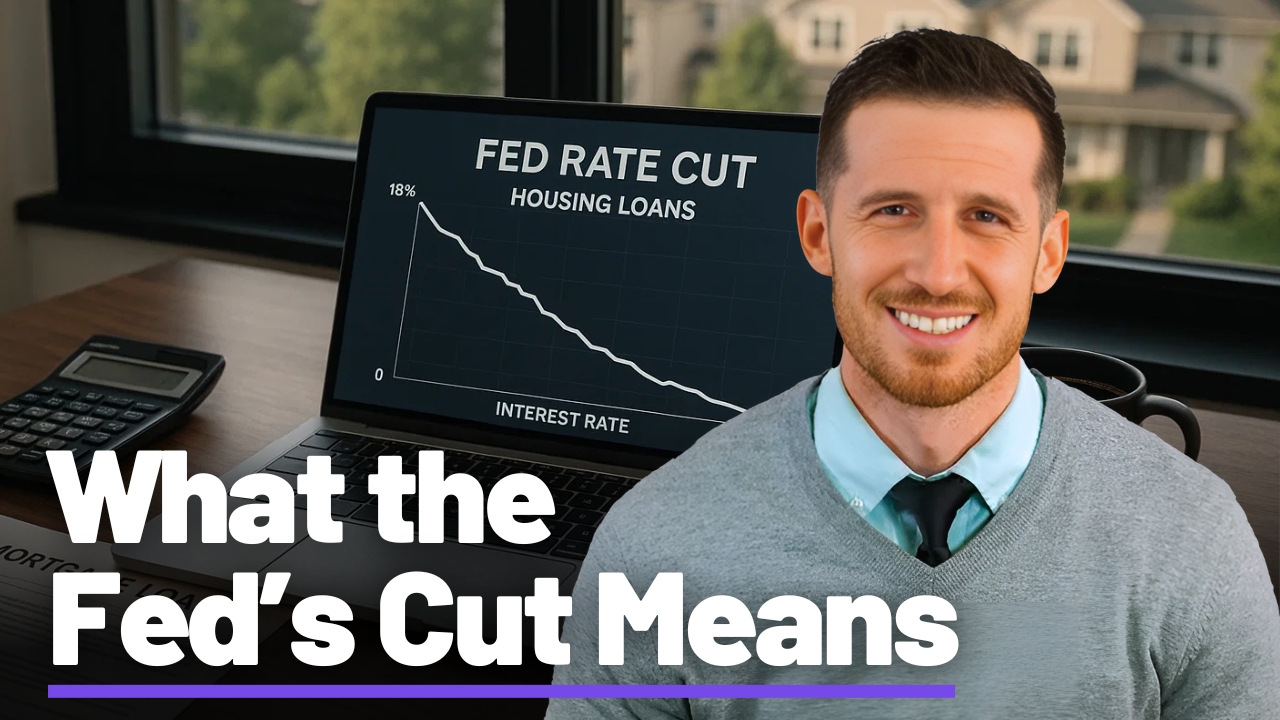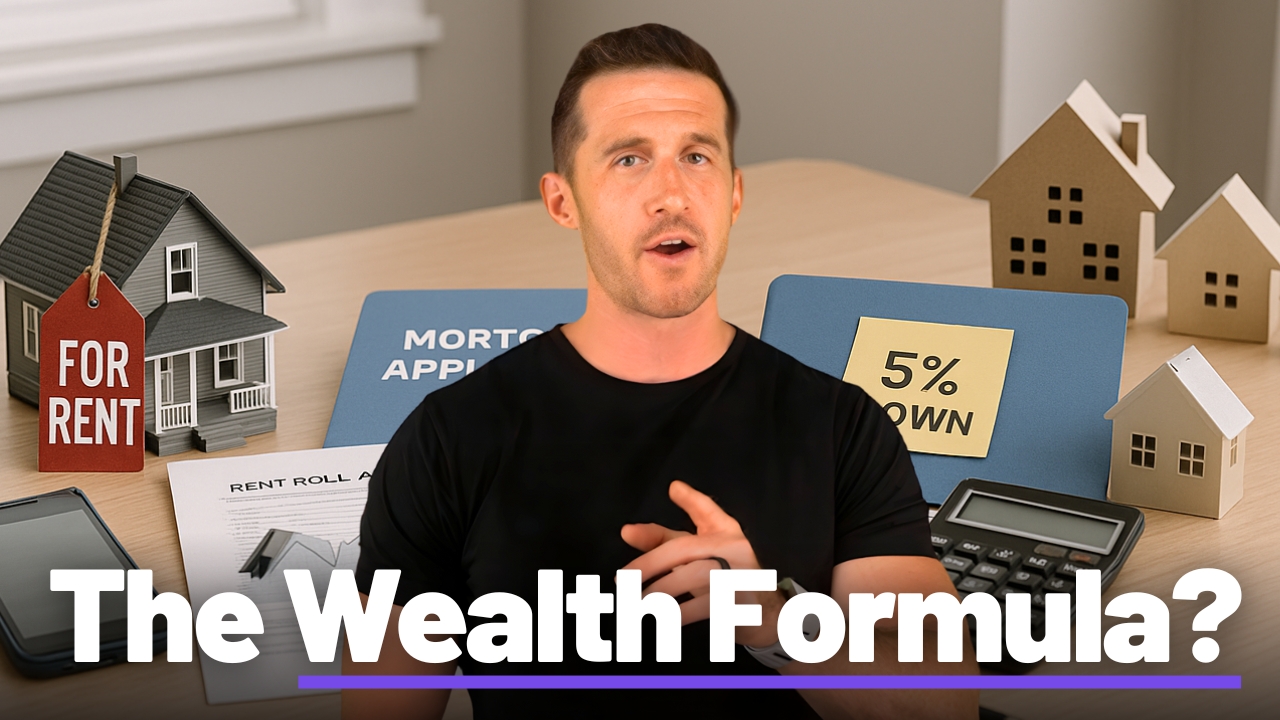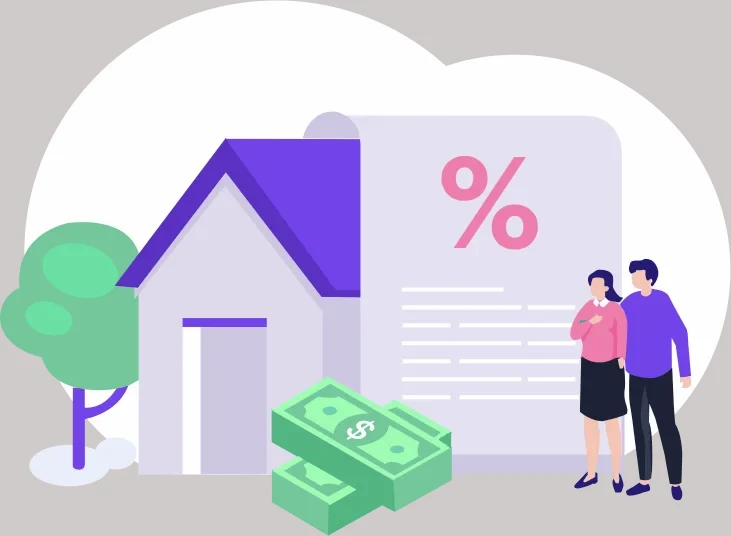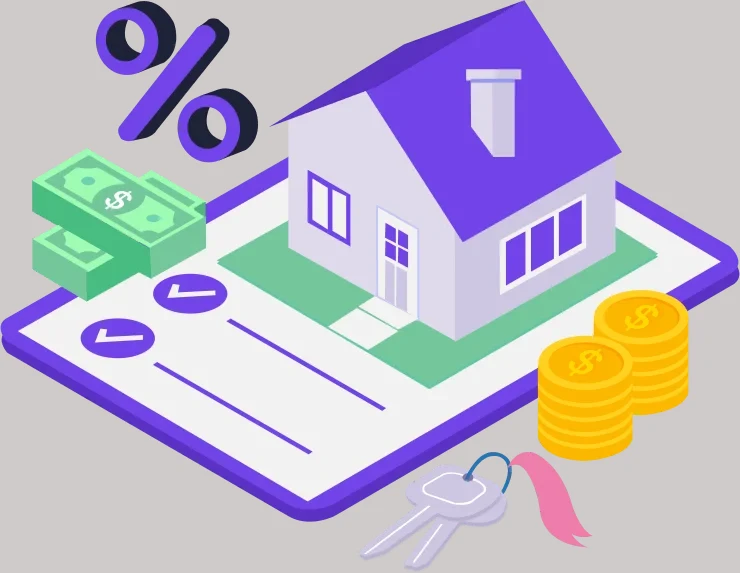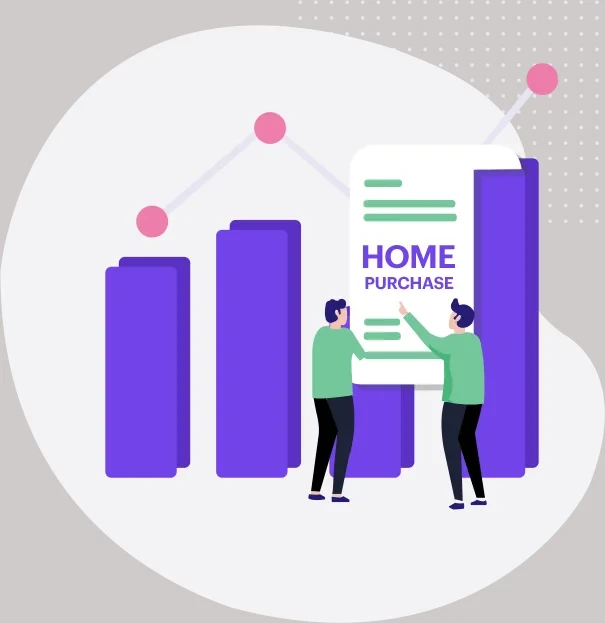
Start Your Homebuying Journey Right. Book a free 1-on-1 session with Kyle to go over your homebuying options Book a Call
In mid-September 2025, the Federal Reserve cut interest rates again, and for homeowners watching mortgage rates closely, that move sparked a big question: “Should I refinance my home loan?” Refinancing can be a smart financial move, but only if the numbers (and timing) are right.
Here’s what the Fed’s decision means for you and how to figure out if now is the right time to make a move.
What the Fed’s rate cut really means. Many homeowners assume that when the Fed cuts rates, their mortgage rate automatically drops too, but that’s not exactly how it works.
The Federal Reserve controls short-term interest rates, which refer to things like credit cards, auto loans, and savings account yields. Mortgage rates, on the other hand, are tied more closely to long-term factors like the 10-year Treasury yield and the overall outlook of the bond market.
That means mortgage rates don’t always move in perfect sync with Fed decisions. Sometimes they drop after a rate cut, sometimes they hold steady, and sometimes they even go up.
Still, the Fed’s September 2025 decision has already started creating downward pressure on mortgage rates, and that shift may offer the first real opportunity in a while for homeowners who locked in at higher rates to consider refinancing.
Why rates matter now. If you bought your home in 2022 or 2023, there’s a good chance your interest rate is higher than what’s available today. Even a modest drop (half a percentage point to one full point) could reduce your monthly payment by hundreds of dollars.
That money can go straight back into your budget, helping you tackle other expenses, build savings, or simply breathe a little easier month to month.
How to know if refinancing makes sense. Refinancing isn’t just about chasing a lower rate. It only makes sense if the math checks out. The key number to know is your break-even point. That’s how long it takes before your savings outweigh the costs of refinancing.
Here’s how to figure it out in three simple steps:
1. Add up the costs of refinancing. This includes lender fees, appraisals, title charges, and other closing costs. These usually total a few thousand dollars.
2. Calculate how much you’d save per month. Look at what your new payment would be at today’s lower rate.
3. Divide your total costs by your monthly savings. That number tells you how many months it will take to break even.
If you plan on staying in your home longer than that break-even point, refinancing could absolutely be worth it.
Still not sure how to run the numbers? I’m happy to help. Just reach out, and I’ll walk you through it.
Refinancing isn’t just about lower payments. There are other smart reasons to refinance, too. Some homeowners use refinancing to:
1. Switch to a shorter loan term (e.g., from 30 to 15 years)
2. Tap into home equity to pay for renovations, large expenses, or high-interest debt
3. Consolidate loans or restructure finances as life needs change
So, is now a good time to refinance your house? If your current interest rate is higher than what you could get today, and you plan to stay in your home for the next few years, the answer could be yes. But ultimately, it comes down to your personal numbers and your long-term objectives.
Want help figuring it out? Schedule a free call with me. I’ll help you review your options and run the math so you can make a smart, informed decision.
Want to work with us? Here are some ways to get involved.
-
Apply Now Get a free rate quote to refinance or buy a home. How Low Will Your Payment Be?
-
Subscribe Now Sign up for my free home finance newsletter with rate trends, insights, and new products. Know the Mortgage Market


